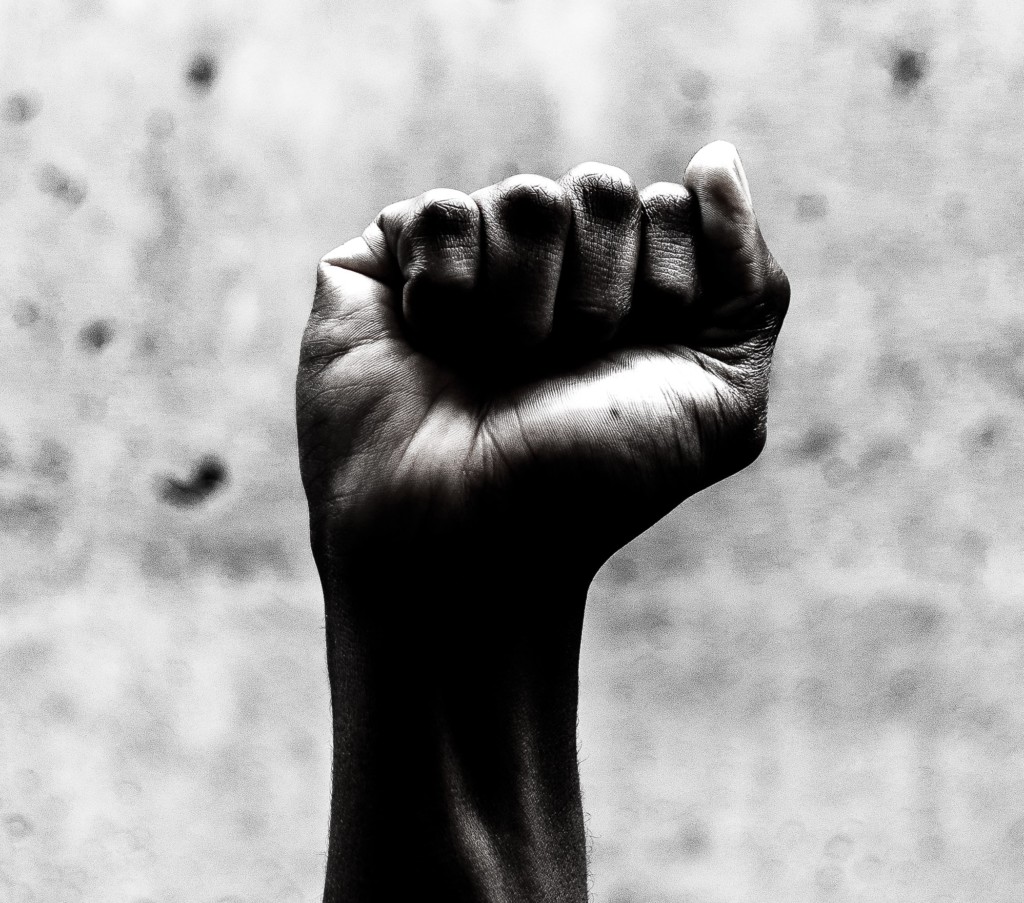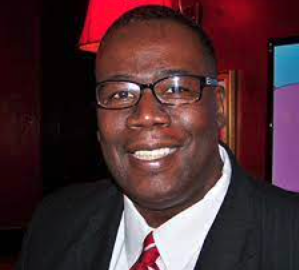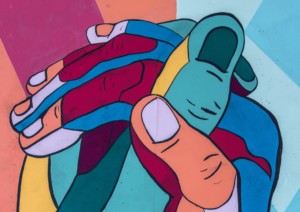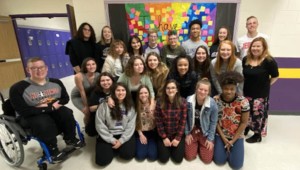Navigating Racism and Violence: Creating Beloved Communities
Key Points
-
It is time we revisited Dr. King’s vision to create “Beloved Communities”.
-
We must treat racial crises and acts of violence as predictable occurrences and proactively train parents and school leaders to successfully address them.

A community where everyone is cared for and there is no poverty, hunger, or hate is “A beloved community.” Rev. Martin Luther King Jr. made the term popular and gave it a new meaning through his life of activism. He did this because he believed that such a community was possible. But he always knew that his vision couldn’t come true without changes to the law, education, infrastructure, health care, and local government. “No one sector, much less one person, could create it in isolation,” writes Grace Tatter at the Harvard School of Education. We are all looking for answers after the recent mass shootings in Texas, Buffalo, and Sacramento. A friend of mine recently told me that gun violence and racism could be solved by just following the golden rule: “Love your neighbor as much as you love yourself.”
How we can help students and children navigate conversations about race and violence in a climate where parents are fearful and traumatized by their concerns about school safety? Especially as teachers work in a school environment where what students and teachers discuss in school is more scrutinized and politicized than ever before. I was speaking with LaNisha Blair, the mother of a 22-year-old daughter who is about to begin her teaching career and a second-grade son who is 7 years old. LaNisha said, “I fear for the safety of my daughter as a teacher and my son as a student.” LaNisha continued by stating that her son asked her after the recent school shooting in Texas, “Mom, does good always win?”
According to James Bridgeworth, an education researcher focusing on Racial Violence in Schools, “The murders of George Floyd, Breonna Taylor, and other Black Americans last year, as well as subsequent battles over teaching accurate histories of race and racism, prompted school leaders to wrestle with several questions, including: Should I publicly respond to these crises? What should I say if I decide to respond? How do I strike a balance between my beliefs, district guidelines, and the needs of the students and families I serve?”
Bridgeworth goes on to say we must treat racial crises and acts of violence as predictable occurrences and proactively train parents and school leaders to successfully address them. Training could concentrate on fostering racial awareness and identity, creating racially inclusive educational spaces that encourage people to bring their whole selves to the table, or forming meaningful partnerships with culturally specific community-based organizations (like the Black Parent Initiative in Portland, Oregon). Although programs cannot prepare parents and school leaders for every crisis, a comprehensive focus on racial equity and justice within curricula can ensure that leaders start with a solid foundation in race-conscious leadership.
Students, regardless of location, are likely to question their parents and teachers about the shootings. According to education experts, there are some best practices for teachers discussing traumatic events.
The shooter in Buffalo live-streamed his attack, and the video is still making the rounds on social media. According to best practices, many students may have already seen a video of the attack, so parents and teachers should find out what they know, correct any misinformation, and help them work through their feelings after witnessing violence.
The most important thing our teachers are saying right now is that we need more school counselors, more psychologists, more social workers, more community groups, and a lot of resources.
Antonio Boyd
What the experts say
In a 2015 essay for Education Week, H. Richard Milner IV, a professor of urban education at the University of Pittsburgh, wrote, “Many Black and brown students see themselves reflected in racist acts, and such reflections manifest in their social, behavioral, emotional, and psychological well-being.”
Nonetheless, discussing race and violence in the home and in the classroom can be traumatic for students, particularly students of color. Throughout the discussion, parents and teachers should be sensitive to their students’ feelings and take the emotional temperature of the room. For Black students, the shootings may be too close to home, and some may need to opt-out of the class discussion or take a break afterward.
“The most important thing our teachers are saying right now is that we need more school counselors, more psychologists, more social workers, more community groups, and a lot of resources,” said Phillip Rumore, President of the Buffalo Teachers Federation. “And we need the federal government to officially declare a national emergency.”
While the community works for change, Rumore says it is also dealing with deep sadness and fear. While the district provided teachers with training and resources to help them talk to students about the attack, he believes that more can be done to prepare parents and educators.
Janet Hefney, an ADHD life coach, said, “My Black son’s ADHD diagnosis resulted in numerous rejections and deprived him of a normal life. As his mother, I felt a sense of defeat for many years. The love I have for my son prompted me to act, which enlightened me to the fact that education is a potent tool for overcoming any obstacles in life.
My son’s difficulties have taught me that as Black people, we cannot continue to wait for the government and/or a system to save us. It is up to us to put forth the effort required to achieve the desired outcomes for our children. It is our obligation and responsibility to learn about our ancestry and to explain it to our children with love and compassion. Keeping our children from hearing our story will only harm them. Our narrative protects and empowers us against the known and unknown aspects of who we are. The truth of who you are will allow you to navigate your life with dignity, self-respect, and pride, and will provide you with a clear understanding of how to manage adversity.”
It is time we revisited Dr. King’s vision to create “Beloved Communities”:
“Love is creative and redemptive. Love builds up and unites; hate tears down and destroys. The aftermath of the ‘fight with fire’ method which you suggest is bitterness and chaos, the aftermath of the love method is reconciliation and creation of the beloved community. Physical force can repress, restrain, coerce, destroy, but it cannot create and organize anything permanent; only love can do that. Yes, love—which means understanding, creative, redemptive goodwill, even for one’s enemies—is the solution to the race problem.” — Martin Luther King, Jr., 1957







0 Comments
Leave a Comment
Your email address will not be published. All fields are required.